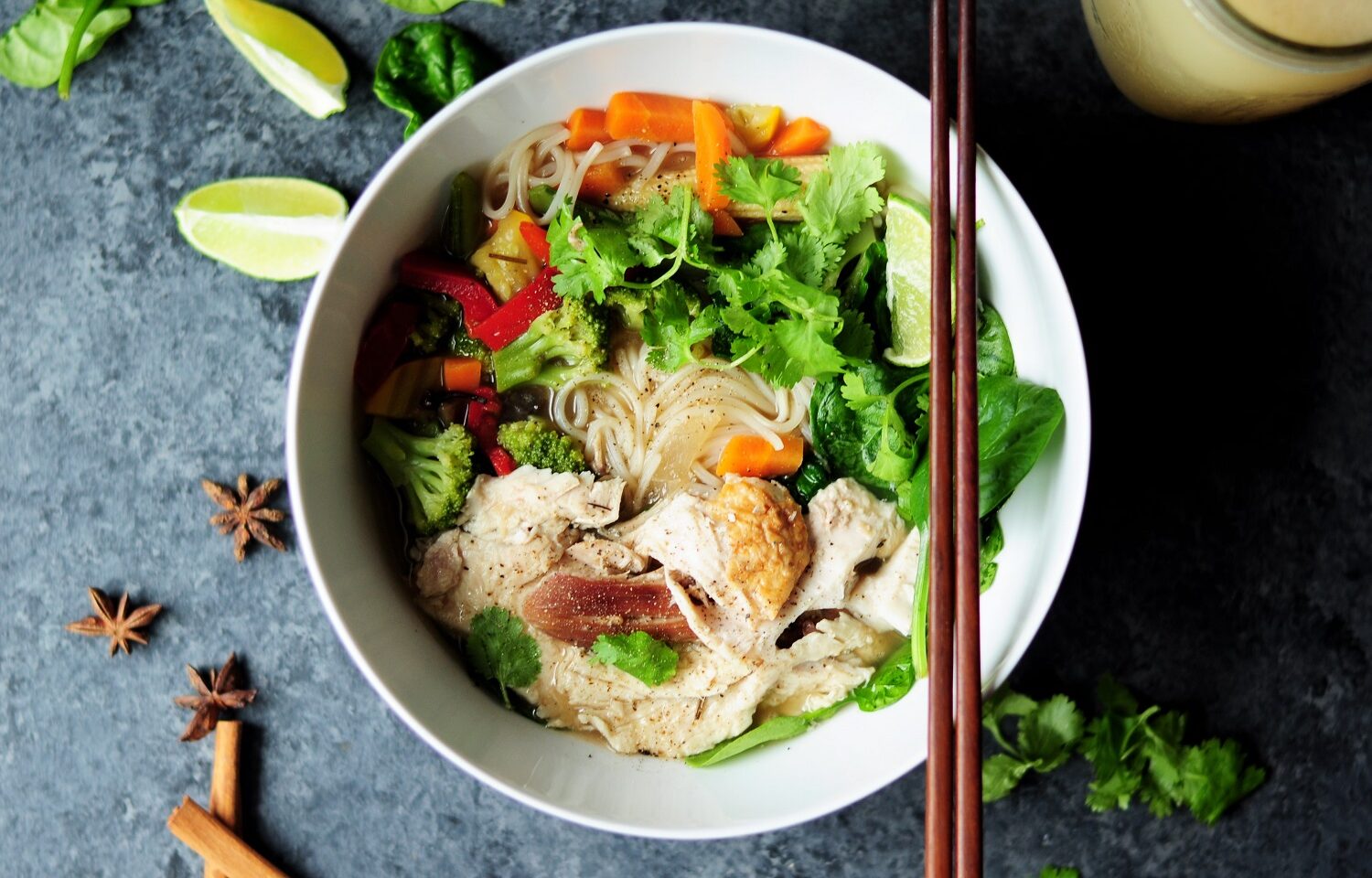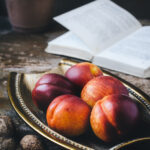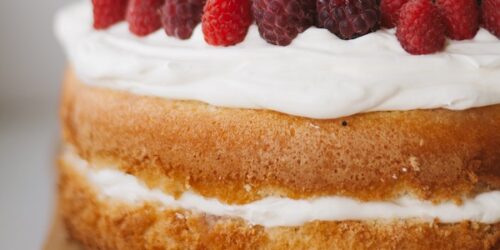
From Mrs Ramsey’s Boeuf en Daube in To the Lighthouse to the Snow Queen’s Turkish delight in The Lion, the Witch and the Wardrobe – food and drink can be an integral way of building a memorable character, setting or scene in your writing. Ahead of her half-day workshop on the language of food this weekend, writer, tutor and food virtuoso Cara Marks explores the vital relationship between food and empathy in literature.
No matter what kind of creative writer you are, food – at some point or another – will invariably play a part in your work. In my research, I explore the relationship between food and empathy in literature. There seems to be several things at play in this relationship: the natural empathy we feel for someone who happens to be eating – watching them in this vulnerable state and wondering if they will be left satisfied; the symbolism surrounding the food – the floppy, phallic symbol of asparagus in the dinner scene in the film American Beauty, for example, or the slow, delicate sweetness in Proust’s petites madeleines in In Search of Lost Time; and, finally, the sensuality of the language itself – how is a particular cake described in a given story, is it stodgy and bland, or crumbly and soft, and what does its description reveal about the characters, the story, or the situation? The way we write about food is the way we write about ourselves, and a thoughtfulness and precision in language is key.
Food is often a shortcut to cultural understanding. In the same way that literature connects stories with disparate readers, food itself acts as a vehicle for empathy in the communication between cultures and communities; both food and literature connect the self to the other in an act of empathy. The act of eating is intimate, and hunger is vulnerable. Picture your protagonist at her weakest, then give her a big plate of meaty spaghetti bolognaise, a Styrofoam tray of late-night cheesy chips, a ripe fresh peach, a hot bowl of Pho, or maybe an ice cream sundae. At once, the writing will be enhanced simply for all of the rich sensory detail, and we will also see this character more clearly – she is given something physical, and a tension rises between the comfort of the food and the struggle of her situation, whatever it may be. Stories thrive on tension and its release, and food is an incredible tool to either deflate or enhance that tension.
The act of eating is intimate, and hunger is vulnerable
In an early chapter of Elena Ferrante’s The Days of Abandonment, our narrator Olga desperately tries to rescue her marriage by making dinner for her unfaithful husband, Mario. She cooks roasted potatoes with rosemary, macaroni and meatballs – a meal her husband loves – but whilst cooking she drops a bottle of wine, and when they eat, Mario chews on a shard of broken glass in his mouthful of pasta. Inevitably, he leaves her. Reading this section of The Days of Abandonment, it feels impossible not to empathise with Olga; she is vulnerable, and trying her best to be in control, to be nurturing. Two of our most basic human needs are beautifully entangled here: to be loved and to be fed.
Food is inexorably connected to humanity, and so naturally plays a significant role in literature. Food writing offers sensuality, symbolism, tension and empathy – for your readers and your characters alike. My favourite writing advice comes from George Saunders, who suggests in writing and revising to ask yourself, How can I love this character better? I would suggest giving her something to eat.
The Language of Food with Cara Marks
Friday 28 February, 2 – 5pm

£45 / £35 conc
Exercise your senses and unlock the powerful potential of memory in this half-day workshop which focuses on writing about that most evocative of topics – food. Whether you’re a budding food critic, or delight in sprinkling culinary detail into your fiction, Cara Marks will share approaches and techniques to help you get started in food writing. Through a mixture of informal discussion, writing exercises, and by tucking into outstanding examples of the genre, you’ll learn ways to craft delectable texts that will leave your reader hungry for more.
Book now
You may also like...
Taking yourself seriously as a writer
Cat Woodward joins us on the podcast

21st February 2020
The language of food
What can food say about the characters, setting, structure and sensation in your writing?

18th February 2020
Dragon Hall Debates: Guts
Can you stomach it? Recommended reading about the mystery of the human gut

16th October 2019






